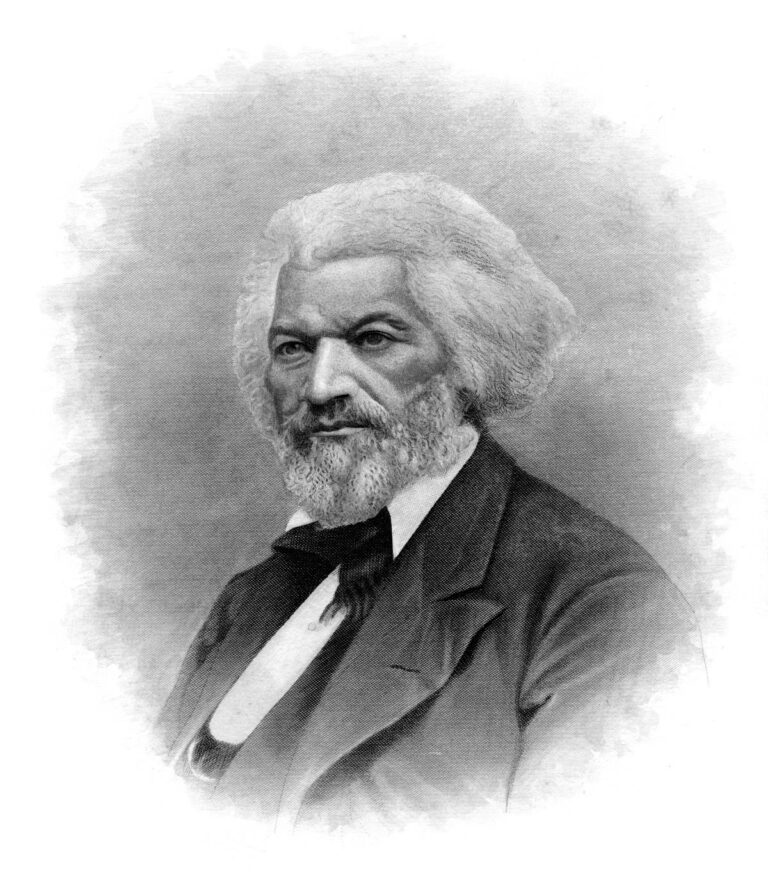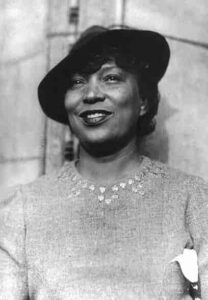Frederick Douglass’ colorblind Constitution

In the infamous Dred Scott v. Sandford decision of 1857, the Supreme Court ruled that black slaves were never intended to be United States citizens. Chief Justice Roger Taney promptly denied Dred Scott his freedom from slavery in the 7-2 decision.
Dred Scott was a slave in Missouri, owned by John Emerson in Missouri. In the 1830s, Emerson took Scott into Illinois, a free territory, and eventually Wisconsin, also a free territory. Upon returning to Missouri, Scott and his wife filed for their freedom, claiming their residency in free states was sufficient grounds for their emancipation.
The Court swiftly dismissed Scott’s argument, and he remained in slavery.
One emancipated slave dared to vehemently disagree with the Court’s decision, based on the Constitution. His name was Frederick Douglass.
A Constitution of equality for all
Douglass was born in 1818, on a farm in Talbot County, Maryland, and died nearly 130 years ago on February 20, 1895, just outside of Washington, DC. After moving from owner to owner in the early 1820s and ’30s, he escaped bondage in 1838 and made his way to New York City, and after that to New Bedford, Massachusetts.
Douglass quickly became involved in abolitionist organizations such as the Massachusetts Anti-Slavery Society and the American anti-slavery society. One of his biggest pitches? That abolitionists should use the Constitution of the United States as a powerful weapon against slavery and discrimination.
“If the Government has been governed by mean, sordid, and wicked passions,” Douglass said, “it does not follow that the Constitution is mean, sordid, and wicked.”
Douglass took the words of the Founding document literally, which is where his view of equality before the law came from. He understood that the government’s actions do not necessarily reflect what the Constitution says.
This view was a novelty at the time. The Constitution was often read, including by Supreme Court Justices like Taney, with a pro-slavery bias. Readers often construed slavery into the Constitution, even when it was not explicitly mentioned.
“The constitutionality of slavery can be made out only by disregarding the plain and common-sense reading of the Constitution itself,” Douglass said. “By discrediting and casting away as worthless the most beneficent rules of legal interpretation; by ruling the Negro outside of these beneficent rules; by claiming that the Constitution does not mean what it says, and that it says what it does not mean.”
Douglass acknowledged the wrongs that had been committed against black people in America. However, he never blamed the Constitution.
Slave owners, he said, “have given the Constitution a slaveholding interpretation. I admit it. They have committed innumerable wrongs against the Negro in the name of the Constitution. Yes, I admit it all; and I go with him who goes farthest in denouncing these wrongs. But it does not follow that the Constitution is in favor of these wrongs because the slaveholders have given it that interpretation.”
Douglass believed that the Constitution does not explicitly discriminate, nor does it give a right to discriminate either, even when the government was using it as an excuse to discriminate.
The Constitution’s language is “‘we the people’ not we the white people,” Douglass said, “not we the privileged class, not we the high, not we the low, but we the people; not we the horses, sheep, and swine, and wheelbarrows, but we the people, we the human inhabitants.”
“The Great Dissenter”
In the absence of constitutional equal protection, men and women will face illegal discrimination, and Douglass’ insight will have been in vain.
A little over 30 years after the abolition of slavery, Justice John Marshall Harlan, nicknamed “The Great Dissenter,” replied with a resounding “no!” to the use of the Constitution to discriminate. In his dissenting opinion in Plessy v. Ferguson, he built on Douglass’ ideas and said this of the “separate but equal” rule reinforcing Jim Crow laws:
“In the eye of the law, there is in this country no superior, dominant, ruling class of citizens. There is no caste here,” he said. “Our Constitution is colorblind, and neither knows nor tolerates classes among citizens. In respect of civil rights, all citizens are equal before the law. The humblest is the peer of the most powerful.”
No superior class of person, no inferior class of person, in any respect. All upheld by the same constitutional guarantees. This is equality before the law, and the best weapon to wield in its defense is the Constitution itself.
Today, equity is frequently prioritized over equality, and this often leads to institutions separating groups from one another based on race and gender. For instance, some university campuses have implemented “ethnic spaces” on campus for members of different minority groups.
Explicitly discriminating to right past wrongs cannot be the way forward. For Douglass, any government or private discrimination is a perversion of the Constitution. Without heeding the wisdom of Douglass and others such as Harlan, modern Americans could make another kind of interpretive error that enables discrimination.





